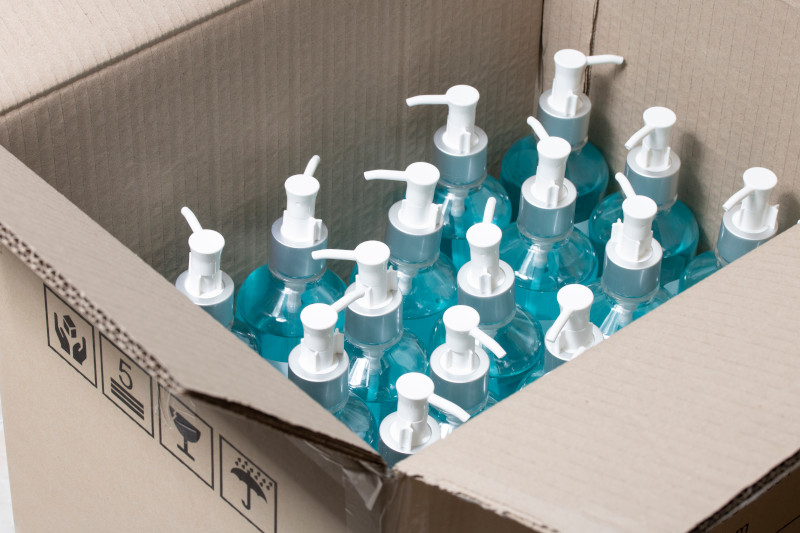Keep pedestrians safe at your school

Last week, many Americans got their hearts pumping on National Walking Day, which is always the first Wednesday of April. As a school, you certainly have your share of walkers—students who walk to school, parents who walk their children in from the parking lot, teenagers who travel from the student parking lot to the school building, and staff members who are trying to facilitate arrivals and departures.
That’s a lot of opportunities for you to have a safety incident at your school, whether it’s a pedestrian who is hit by a car, a walker who slips on ice or loose gravel, or someone who trips over a change in walking surface heights.
At CM Regent, we see claims resulting from a wide variety of incidents—many of which are avoidable if you take the proper safety precautions. Here are a few of the most common categories of pedestrian safety practices at schools:
Traffic pattern management
Pedestrians in and near parking lots need guidance on where they should walk. As a school district, that’s your job—you should post signs and use paint markings to show pedestrians designated foot traffic areas.
For example, let’s say a high school’s student parking lot is down the road from the school building. As students walk to and from their cars, drivers in the school parking lot and on roads nearby can’t predict where those students will be—a major risk for an accident. You can solve this problem by painting a clear crosswalk and walking path for those students.
Preventing slips on the ice
Among the many hazards of winter weather is the possibility of pedestrians slipping on ice in your parking lots or on sidewalks. You can take the following steps to prevent that:
- Establish a process for clearing ice and snow. When conditions become snowy or slippery, you should have people within your school—or an outside company—who are ready to remove snow and apply ice melt. When there is snowfall during hours students or staff members are at school, those workers should be clearing snow at regular intervals and especially prior to dismissal.
- Keep bags of salt or sand readily available near entrances. Sometimes, it can be difficult to predict when you will experience icy conditions on your property. Have de-icing supplies stationed and ready for dispersal at entrances that receive the most foot traffic.
- Keep accumulations of ice from building up outside. This can occur when you have a clogged roof gutter that results in water or slush dripping onto the sidewalk below. It can also happen when you have a buildup of snow on your roof. Remember to evaluate your roofs for excessive snow load accumulation.
Maintaining proper lighting
It’s important for your maintenance staff to regularly check the lights in your parking lot to make sure they’re working correctly. Not only do pedestrians need adequate illumination to observe slip/trip/fall hazards when it’s dark, but a well-lit parking lot also deters vandalism.
Check out additional resources about keeping pedestrians safe in your parking lots and on your sidewalks.




